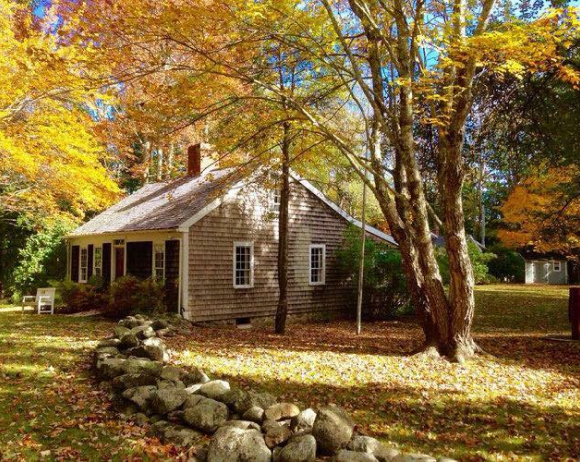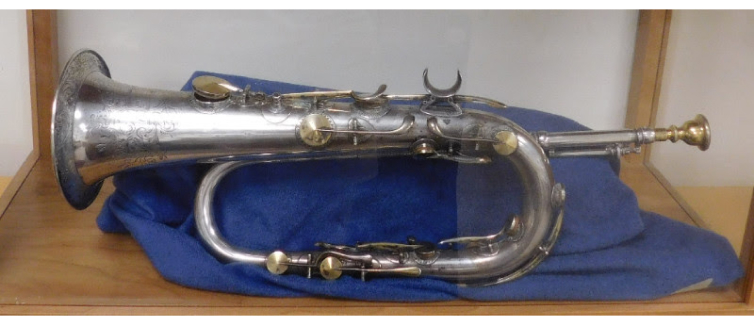
Mission & Vision
The mission of the Camden-Rockport Historical Society is to cultivate interest in the history of the Camden and Rockport area by: collecting preserving and displaying historical objects in our museum and other period buildings on our campus, providing opportunities for public access and participation in historical events and serving as a resource for those interested in historical research of the area.
The six-building campus of the Camden-Rockport Historical Society provides an opportunity for visitors to walk through 18th and 19th century buildings and to become familiar with the everyday life of a Maine farm family. Local history is interpreted and presented through tours of the fully restored and authentically historic complex. In addition, we offer programs, lectures and activities throughout the year that are open to the public. We also engage with other historical groups, schools, neighboring communities and other local partners.
The Historical Society seeks to use highest professional standards to house and
maintain original documents, photographs, and artifacts in archival storage in order to
care for the history of our shared community. These efforts contribute to the
sustainability and long-term accessibility to the town’s historical collections.
History
The Camden Historical Society was originally located in a house on Union Street, Camden. The organization incorporated as the Camden-Rockport Historical Society in 1960. The 18th century house known as the Conway Homestead was acquired by Mrs. Mary Meeker Cramer in 1961 and given to CRHS. It was subsequently repaired, furnished with period household items and opened to the public in 1965. The Camden Garden Club landscaped the grounds with native plants common to New England before 1860. The building was placed on the National Register of Historic Places in 1969. In 1981, Mrs. Cramer gave the Society the Caretaker’s Cottage, as well as her property between the Homestead complex and Rt. 1.
The barn is believed to have been built in 1880. It contains antique farm equipment, tools, manufacturing materials from local businesses, horse-drawn vehicles, and many other objects of local interest. The blacksmith shop, operated by three generations of Peabodys in Thomaston from the 1880s to the 1920s, and a working maple sugar house from Howe Hill farm, dated 1820, and a railroad switch house complete the antique building inventory. The 1970 museum, with additions in 1983 and 1990, offers safe storage of the Society’s collection, including: textiles and vintage clothing from the1800s through 1960; family records; photographs; paintings; furniture and other items of local interest, such as the massive “Minnie Gurney” ship model, a huge wooden Maine State Seal, antique quilts, and other artifacts related to the history of our Camden and Rockport communities.
“It Began With a Bugle”
Camden-Rockport Historical Society Newsletter
Summer, 2013
One day in January, 1938, a letter turned up at the Camden Post Office addressed to the Camden Historical Society. There being no such organization, Mr. John L. Tewksbury was consulted. It seemed that Mr. A.P. Ripley, a musical instrument dealer in Melrose, MA had a sterling silver bugle which the ladies of Camden, Maine had presented to Mr. Paul Stevens in 1858 when he was leader of the Camden Band. Mr. Ripley would only sell it to an Historical Society and the price was $60. Mr. and Mrs. Tewksbury, Mr. Leon Crockett and Mr. Horatio Stevens (Paul Stevens’ son) promptly formed the Camden Historical Society.
Meanwhile, Mr. Ripley had moved to New Brunswick, Canada and the C.H.S. was told there would be a 100% duty if the bugle were to be sent to the United States. So, Mr. Stevens, Mr. and Mrs. Crockett and their young daughter Margaret drove up to Canada and purchased the bugle for $60 and gave it to the Camden Historical Society, a very novel beginning.

Board of Trustees







